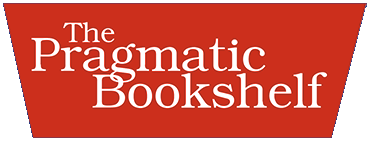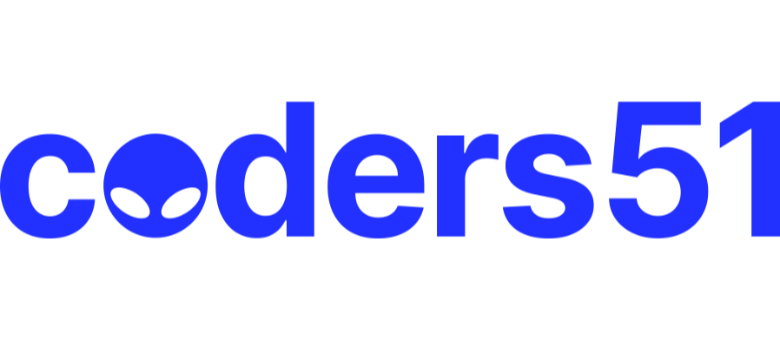CommunityNews
CERN scientists find evidence of quantum entanglement in sheep
The CERN flock of sheep on site in 2017. (Image: CERN) Quantum entanglement is a fascinating phenomenon where two particles’ states are tied to each other, no matter how far apart the particles are. In 2022, the Nobel Prize in Physics was awarded to Alain Aspect, John F. Clauser and Anton Zeilinger for groundbreaking experiments involving entangled photons. These experiments confirmed the predictions for the manifestation of entanglement that had been made by the late CERN theorist John Bell. This phenomenon has so far been observed in a wide variety of systems, such as in top quarks at CERN’s Large Hadron Collider (LHC) in 2024. Entanglement has also found several important societal applications, such as quantum cryptography and quantum computing. Now, it also explains the famous herd mentality of sheep. A flock of sheep (ovis aries) has roamed the CERN site during the spring and summer months for over 40 years. Along with the CERN shepherd, they help to maintain the vast expanses of grassland around the LHC and are part of the Organization’s long-standing efforts to protect the site’s biodiversity. In addition, their flocking behaviour has been of great interest to CERN’s physicists. It is well known that sheep behave like particles: their stochastic behaviour has been studied by zoologists and physicists alike, who noticed that a flock’s ability to quickly change phase is similar to that of atoms in a solid and a liquid. Known as the Lamb Shift, this can cause them to get themselves into bizarre situations, such as walking in a circle for days on end. Now, new research has shed light on the reason for these extraordinary abilities. Scientists at CERN have found evidence of quantum entanglement in sheep. Using sophisticated modelling techniques and specialised trackers, the findings show that the brains of individual sheep in a flock are quantum-entangled in such a way that the sheep can move and vocalise simultaneously, no matter how far apart they are. The evidence has several ramifications for ovine research and has set the baa for a new branch of quantum physics. “The fact that we were having our lunch next to the flock was a shear coincidence,” says Mary Little, leader of the HERD collaboration, describing how the project came about. “When we saw and herd their behaviour, we wanted to investigate the movement of the flock using the technology at our disposal at the Laboratory.” Observing the sheep’s ability to simultaneously move and vocalise together caused one main question to aries: since the sheep behave like subatomic particles, could quantum effects be the reason for their behaviour? “Obviously, we couldn’t put them all in a box and see if they were dead or alive,” said Beau Peep, a researcher on the project. “However, by assuming that the sheep were spherical, we were able to model their behaviour in almost the exact same way as we model subatomic particles.” Using sophisticated trackers, akin to those in the LHC experiments, the physicists were able to locate the precise particles in the sheep’s brains that might be the cause of this entanglement. Dubbed “moutons” and represented by the Greek letter lambda, l, these particles are leptons and are close relatives of the muon, but fluffier. The statistical significance of the findings is 4 sigma, which is enough to show evidence of the phenomenon. However, it does not quite pass the baa to be classed as an observation. “More research is needed to fully confirm that this was indeed an observation of ovine entanglement or a statistical fluctuation,” says Ewen Woolly, spokesperson for the HERD collaboration. “This may be difficult, as we have found that the research makes physicists become inexplicably drowsy.” “While entanglement is now the leading theory for this phenomenon, we have to take everything into account,” adds Dolly Shepherd, a CERN theorist. “Who knows, maybe further variables are hidden beneath their fleeces. Wolves, for example.” Theoretical physicist John Ellis, pioneer of the penguin diagram, with its updated sheep version. Scientists at CERN find evidence of quantum entanglement in sheep in 2025, the year declared by the United Nations as the International Year of Quantum Science and Technology. (Image: CERN)
Read in full here:
Popular General Dev topics

Other popular topics

Categories:
Sub Categories:
- All
- In The News
- Dev Chat (202)
- Questions (34)
- Resources (119)
- Blogs/Talks (27)
- Jobs (3)
- Events (15)
- Code Editors (59)
- Hardware (57)
- Reviews (5)
- Sales (16)
- Design & UX (5)
- Marketing & SEO (2)
- Industry & Culture (14)
- Ethics & Privacy (19)
- Business (4)
- Learning Methods (5)
- Content Creators (7)
- DevOps & Hosting (9)
Popular Portals
- /elixir
- /rust
- /ruby
- /wasm
- /erlang
- /phoenix
- /keyboards
- /python
- /js
- /rails
- /security
- /go
- /swift
- /vim
- /clojure
- /emacs
- /haskell
- /java
- /svelte
- /onivim
- /typescript
- /kotlin
- /c-plus-plus
- /crystal
- /tailwind
- /react
- /gleam
- /ocaml
- /elm
- /flutter
- /vscode
- /ash
- /opensuse
- /html
- /centos
- /php
- /zig
- /deepseek
- /scala
- /sublime-text
- /textmate
- /lisp
- /react-native
- /debian
- /nixos
- /agda
- /kubuntu
- /arch-linux
- /django
- /deno
- /nodejs
- /revery
- /ubuntu
- /spring
- /manjaro
- /diversity
- /lua
- /julia
- /markdown
- /c









